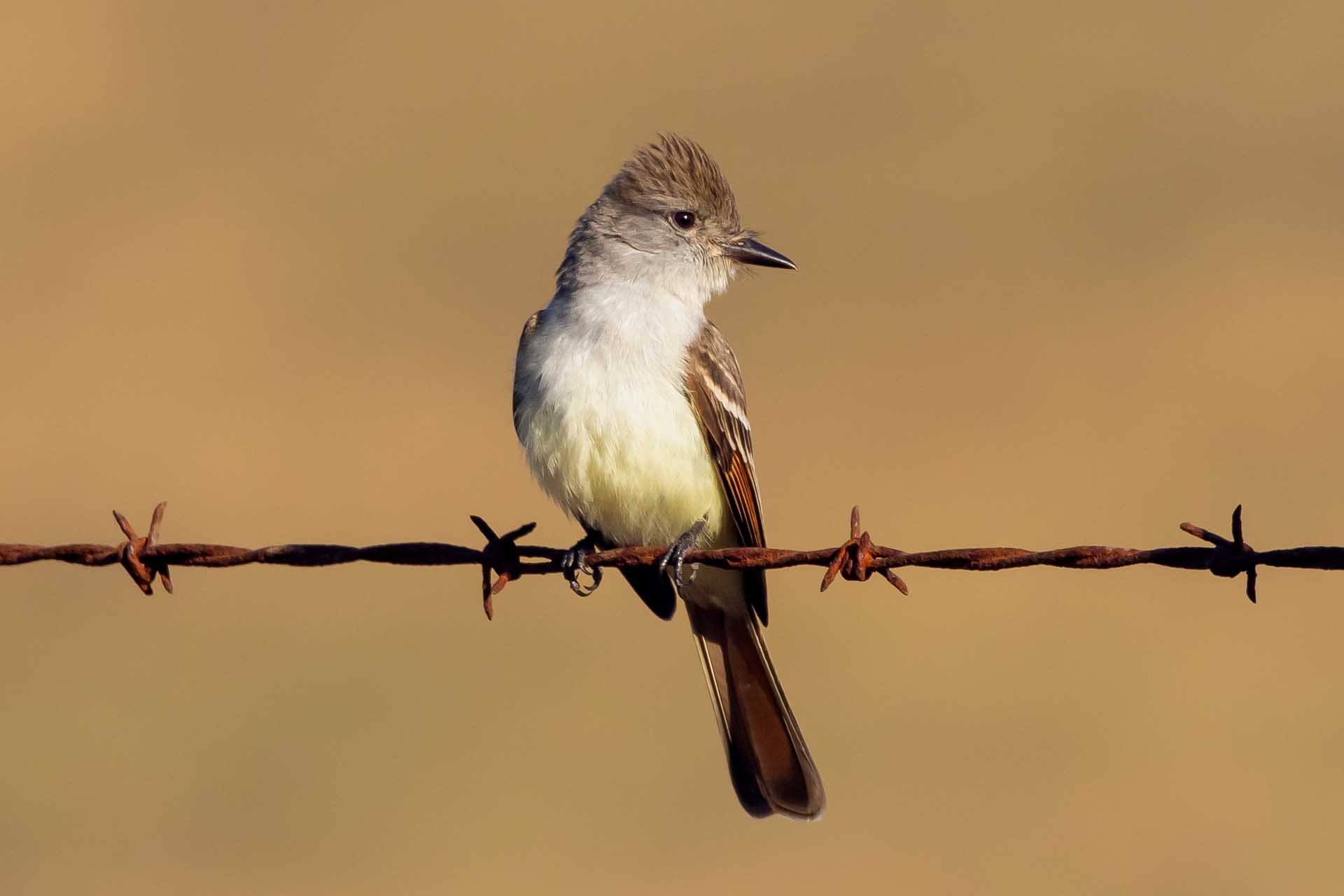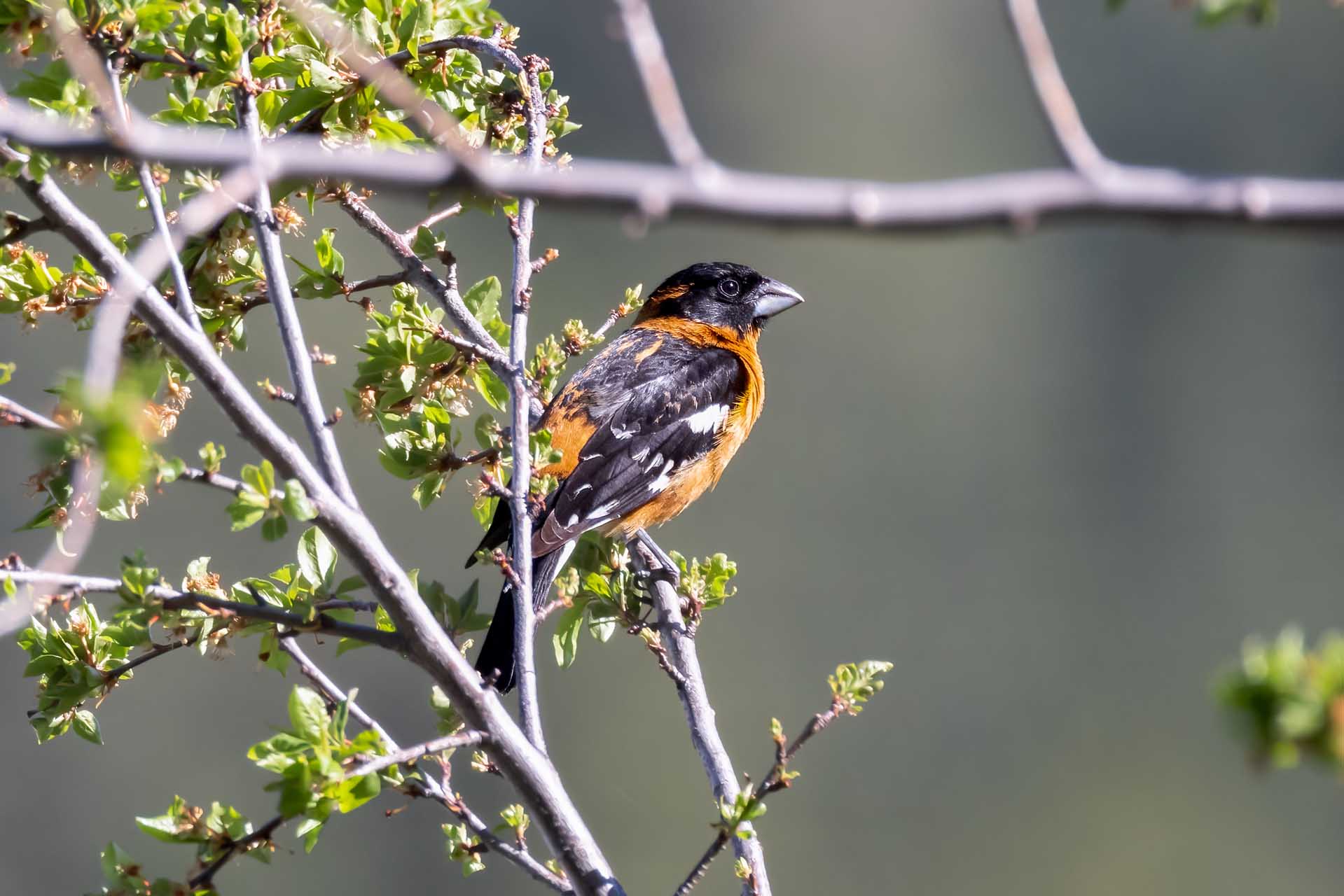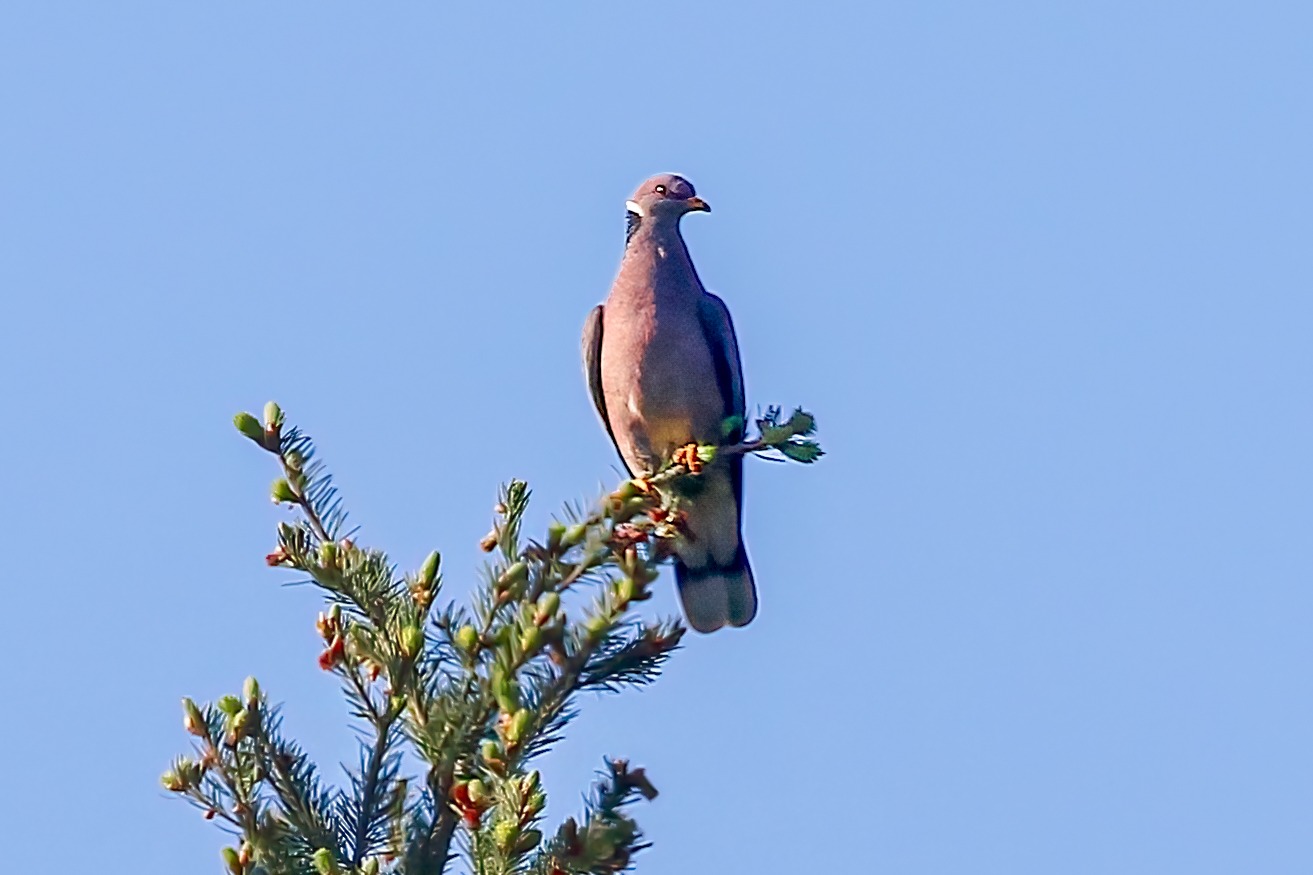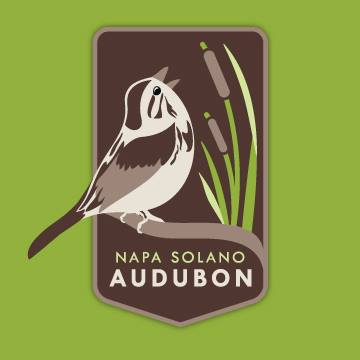Moore Creek Park
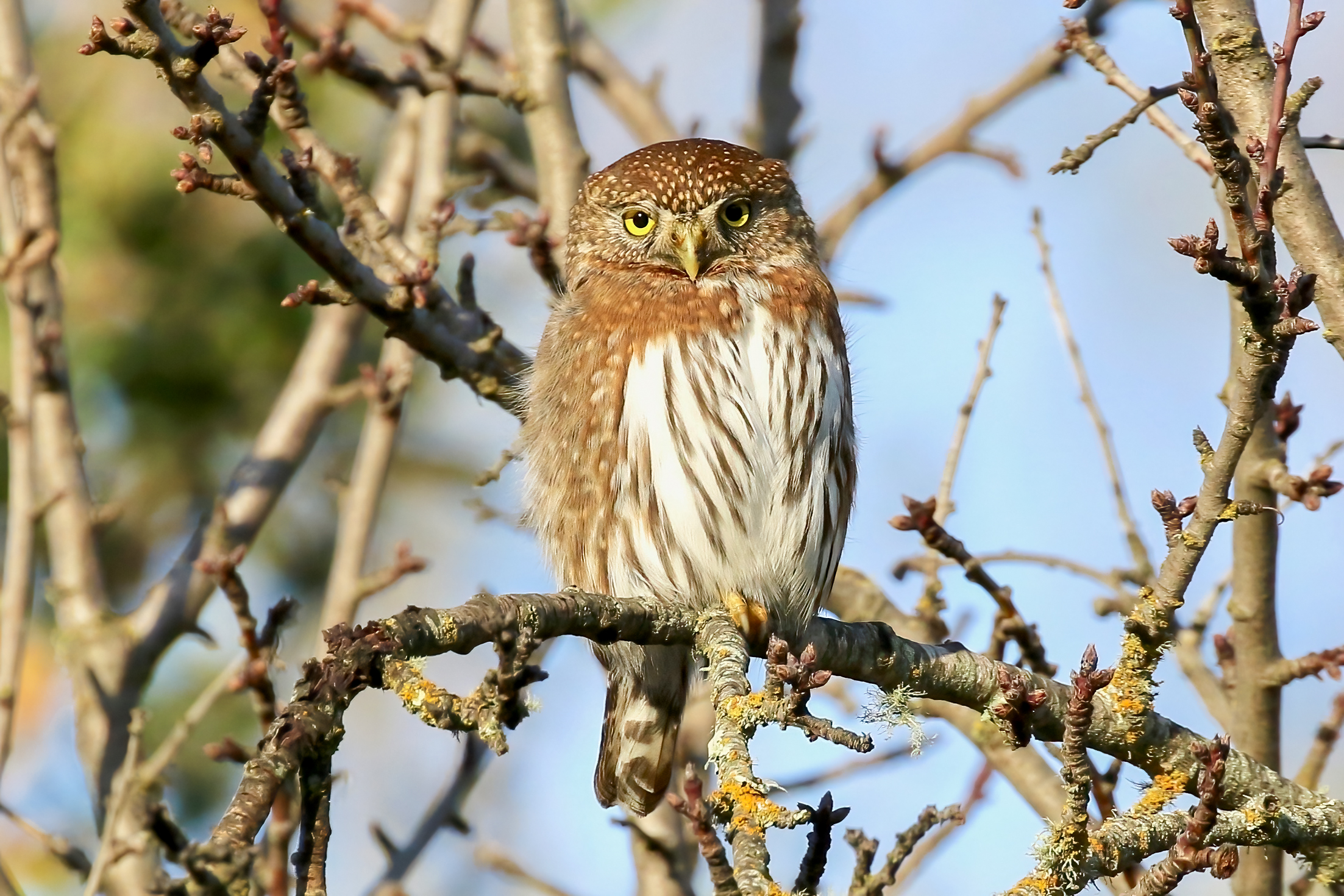
Moore Creek Park is a new Napa Open Space Park located North of Lake Hennessey at 2602 Chiles Pope Valley Rd, St Helena, CA 94574. The habitat is generally an open dry Oak Woodlands and Grass covered slopes on the steep hillsides. When close to the creeks there are denser forests and riparian habitat. There are a number of trails that begin at the parking lot. The Moore Creek Trail runs North along Moore Creek for 3.5 miles. There are Buckeye, California Bay, Black Walnut and even a few stands of Redwoods when the trail descends to the edge of the Creek. The Chiles Creek Trail parallels Chiles Pope Valley Road and connects to the Lake Hennessy Trail that runs along the North side of Lake Hennessey. This trail is more exposed and consists of dry open Oak Woodlands. Adjacent the creek are marshy stretches where Herons and breeding waterfowl may be Observed. There is a Heron and Egret Rookery along the slopes just before reaching the Lake. Moore Creek runs southerly year-round from its source high on the eastern side of Howell Mountain, and joins with Conn Creek before emptying into Lake Hennessey at what is now Moore Creek Park. On the way it passes through Las Posadas State Forest, land once owned by the John Milton Morris family. Before the Morris family, the forest, and the park, Moore Creek was known as “Moore’s Creek,” identified as such on both the 1876 and 1895 official maps of Napa County. So, just who was Moore? Sources state the creek was named for or by the Moore family from Ireland, considered the first white settlers in that area. Said to be squatters, the family may have lived on Howell Mountain possibly as far back as the 1840s, about the time John Howell settled there in 1847.
Common Residents and Breeding Birds:
Canada Geese, Mallard, Pied-billed Grebe, American Coot, Killdeer, Double-crested Cormorant, Great Blue Heron, Great Egret, Mourning Dove, Band-tailed Pigeon, Anna’s Hummingbird, Turkey Vulture, Osprey, Red-shouldered and Red-tailed Hawks, Acorn, Downy, Hairy, Nuttall’s, and less common Pileated Woodpeckers, Black Phoebe, Western and Ash-throated Flycatchers, Marsh Wren, California Scrub-Jay and Stellar’s Jays, Common Raven, Tree, Violet-green, Northern Rough-winged and Cliff Swallows, Wrentit, Bushtit, Chestnut-backed Chickadee, House and Bewick’s Wrens, Blue-gray Gnatcatcher, White-breasted Nuthatch, Brown Creeper, Hutton’s, Cassin’s and Warbling Vireos, House Finch, Lesser Goldfinch, Dark-eyed Junco, California and Spotted Towhee, Red-winged Blackbird, Common Yellowthroat, Orange-crowned Warbler, and Black-headed Grosbeaks are all possible.
Migrants: Many of our resident birds overwinter and can be found along the creek in the riparian and wetland areas. Clark’s and Western Grebe, Osprey, American Kestrel, Tree Swallow, White-Breasted Nuthatch, Oak Titmouse, Song, White and Golden-Crowned, Fox and Lincoln’s Sparrows are normal in the winter. In some years. Band-tailed Pigeons flock to feast on the Toyon Berries. During May you may be treated to both Townsend’s and Black-throated Gray Warblers migrating through the park.
